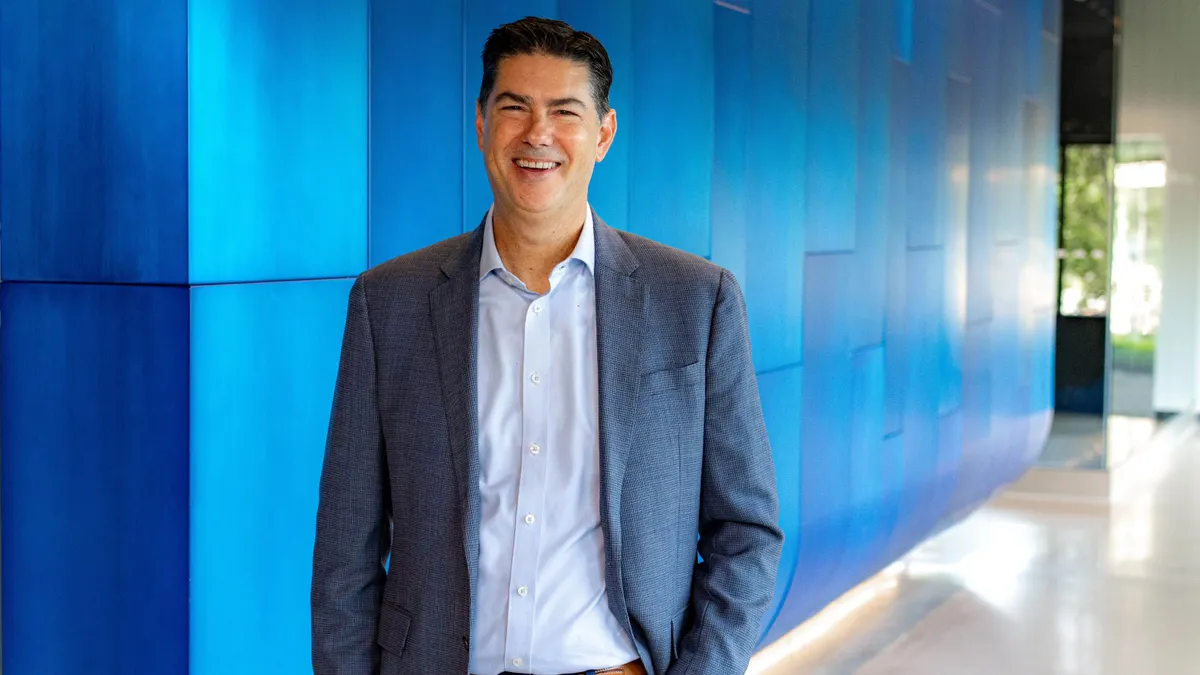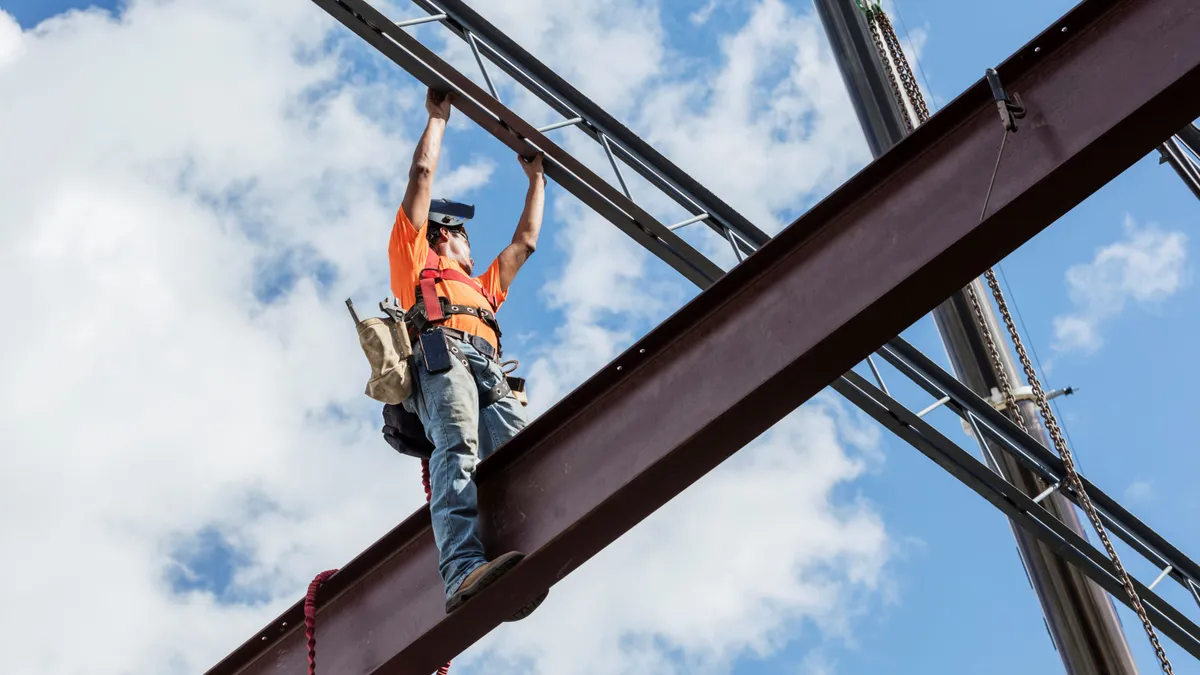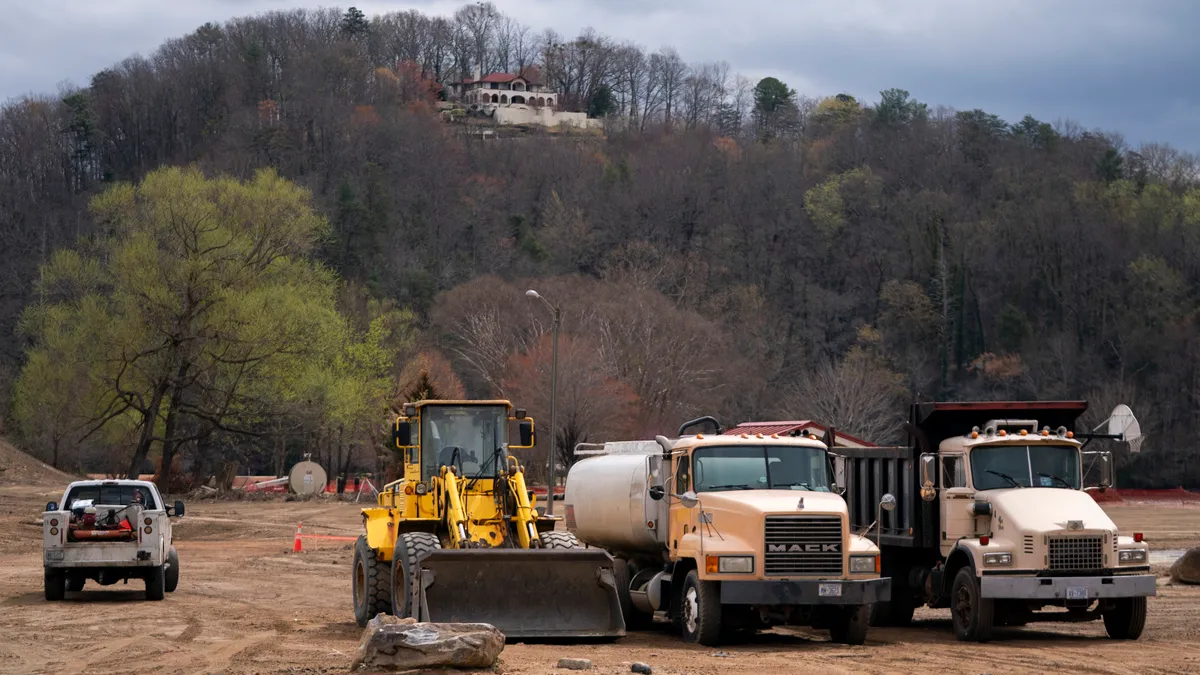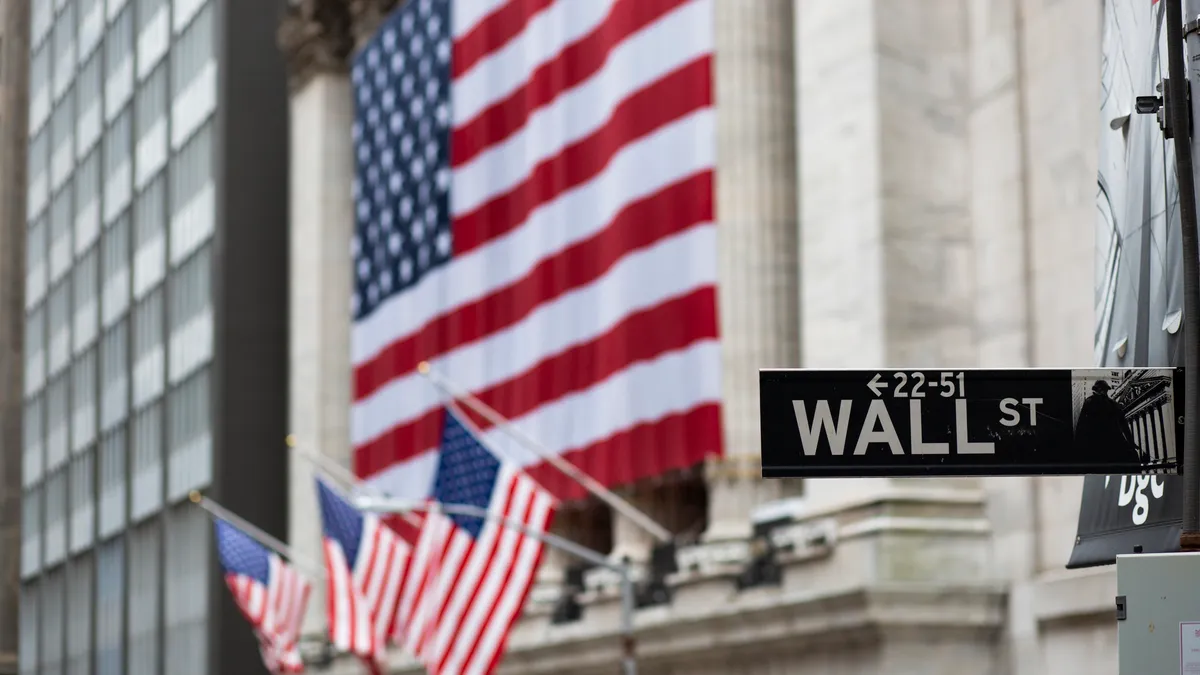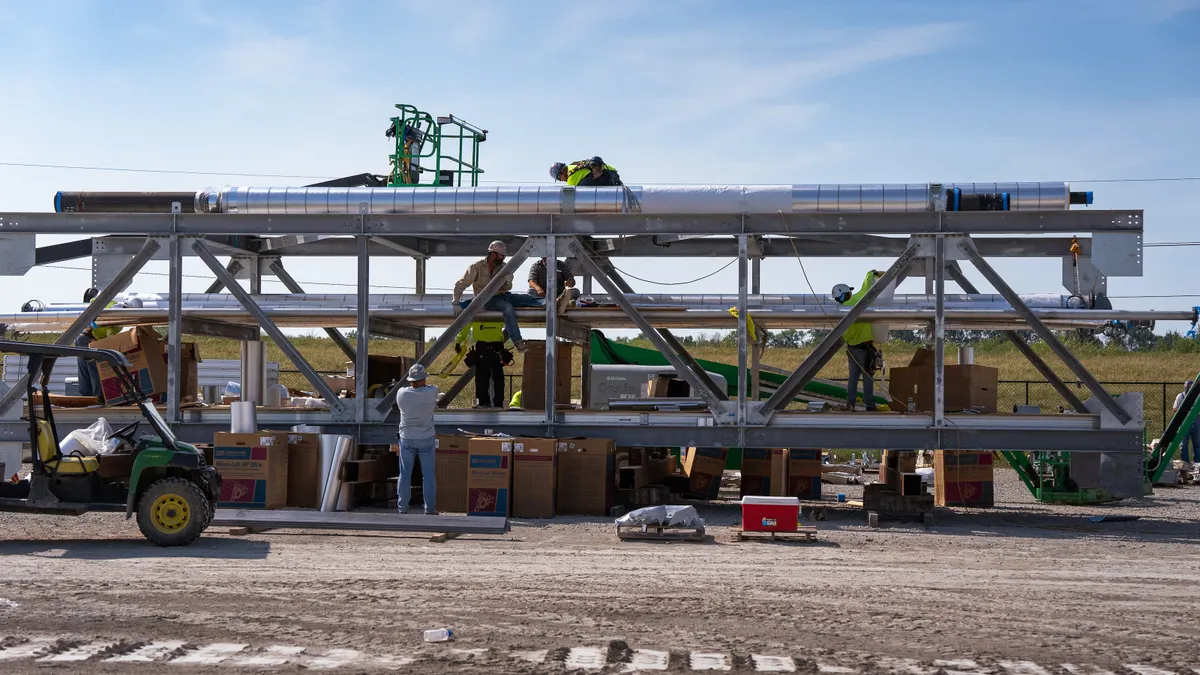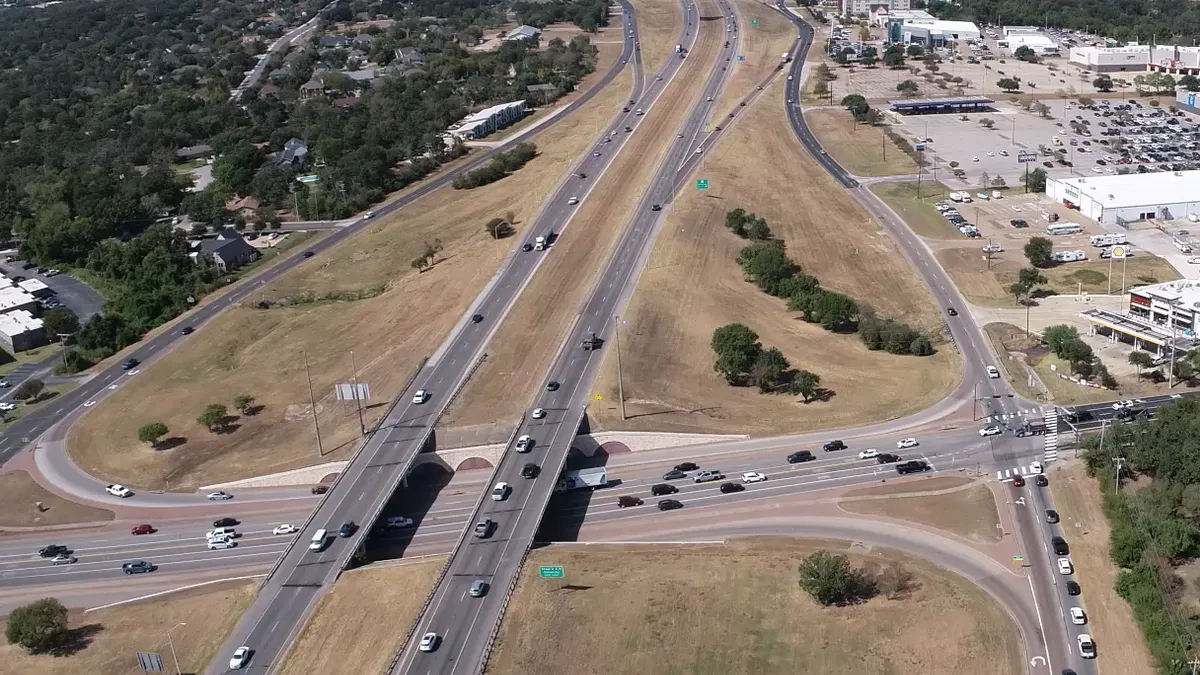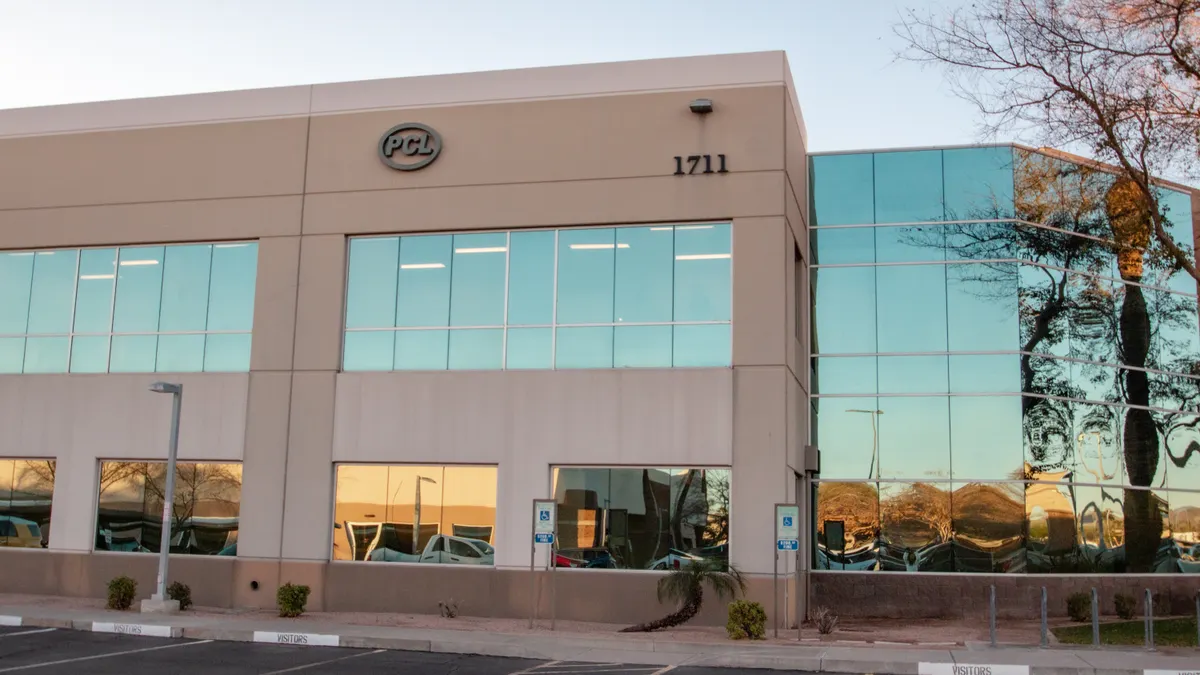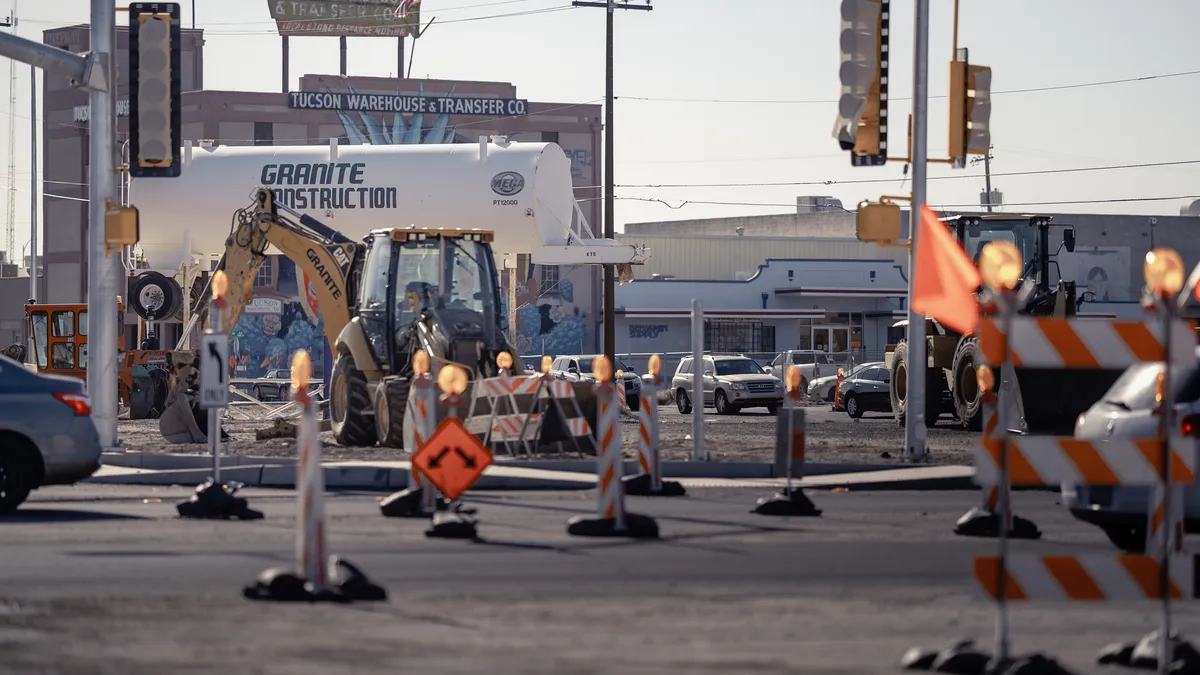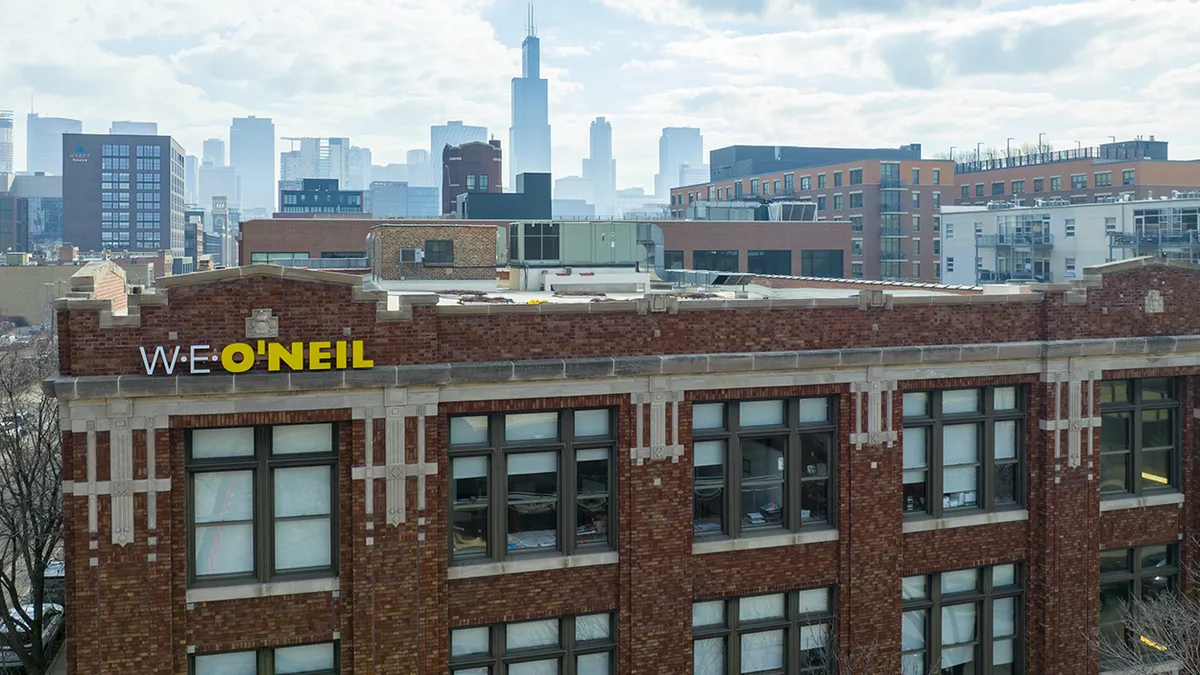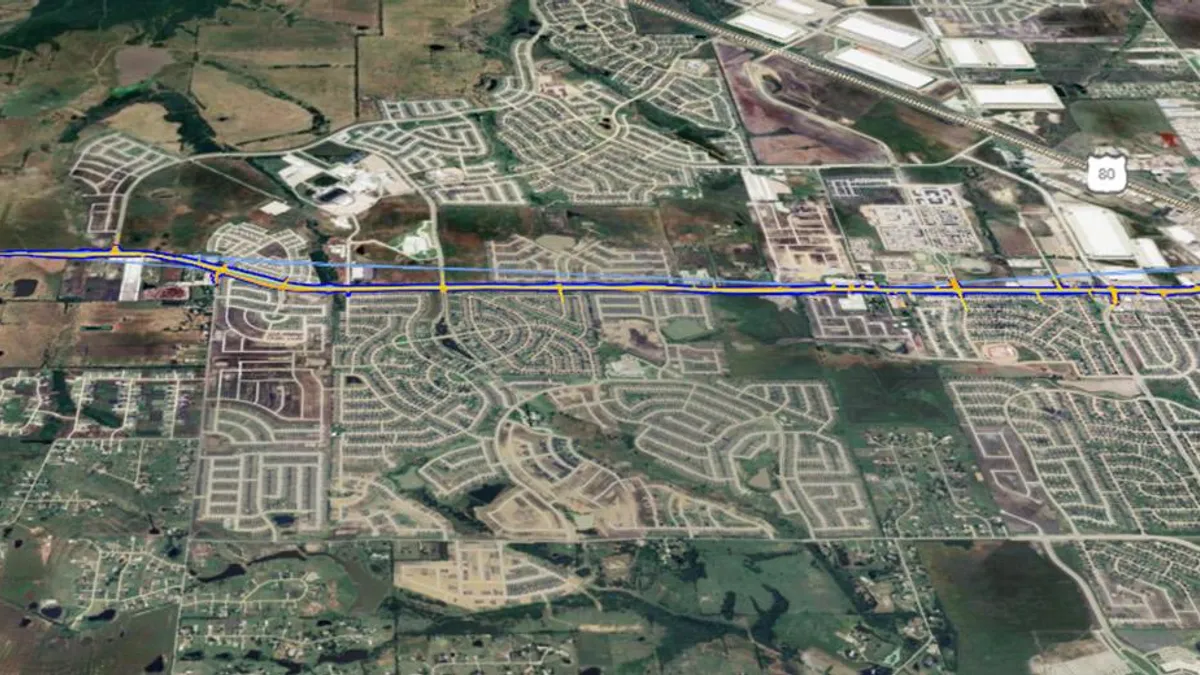Derek Cunz has worked for Mortenson since 1996. He’s had what he calls “multiple careers” at the 70-year-old firm, on his circuitous route to the CEO’s office.
Born in the San Francisco Bay Area, Cunz joined the Minneapolis-based firm’s advanced technology group right out of college, which led to a lot of travel. He met his wife at the family-owned company, before they relocated to Northern Ireland, Los Angeles and Colorado before settling in the Twin Cities area in 2010.
He’s also an avid cyclist and enjoys leading Mortenson team members on mountain biking trips. The company’s headquarters has mountain bikes that employees can rent and ride around on a trail behind the office, an activity Cunz said he encourages.
In September, the 27th largest U.S. builder by revenue announced a long-planned leadership change. On Jan. 1, Cunz took over as CEO and president, succeeding previous CEO and 38-year company veteran Dan Johnson, who has retired.
Here, Cunz talks with Construction Dive about his career, his leadership style and continuing with what has made Mortenson successful.
This interview has been edited for brevity and clarity.
CONSTRUCTION DIVE: How will your appointment as CEO change things at Mortenson?
DEREK CUNZ: I think that fundamentally this has been a long-planned leadership transition, and we're a company built for the future and with a long-term strategy. So you won't see a lot of change. I know it's not really that dramatic to say that, but we're really built on a decadeslong strategy in terms of growth and trajectory of the company.
My transition of leadership has been planned internally for a long time. And our purpose for building for the greater good is unchanged. Our customers are going to continue to see us showing up and trying to help them achieve their goals.
So not a big shift. We're a team of teams, our leadership team, we have a really awesome group of leaders running all of our different businesses, and the leadership team that works with me is very stable.
Why have you chosen to stay with the same firm for almost 30 years?
I mean, fundamentally it's about the family culture and the culture of caring at Mortenson. It’s a place where even though we've grown to be a pretty large company, I think the feel is still that we care for each other, that it's a family environment, that we put people first. I think that's something that I've really enjoyed and appreciated. I know that's what our team members value.
You know, you can, like me, have five careers in one company, which is obviously very compelling. But if it's not an amazing environment to work in, then that's all for naught. It's about creating all these opportunities, but at the same time, a culture where you really want to spend your career and you wouldn't think to leave.
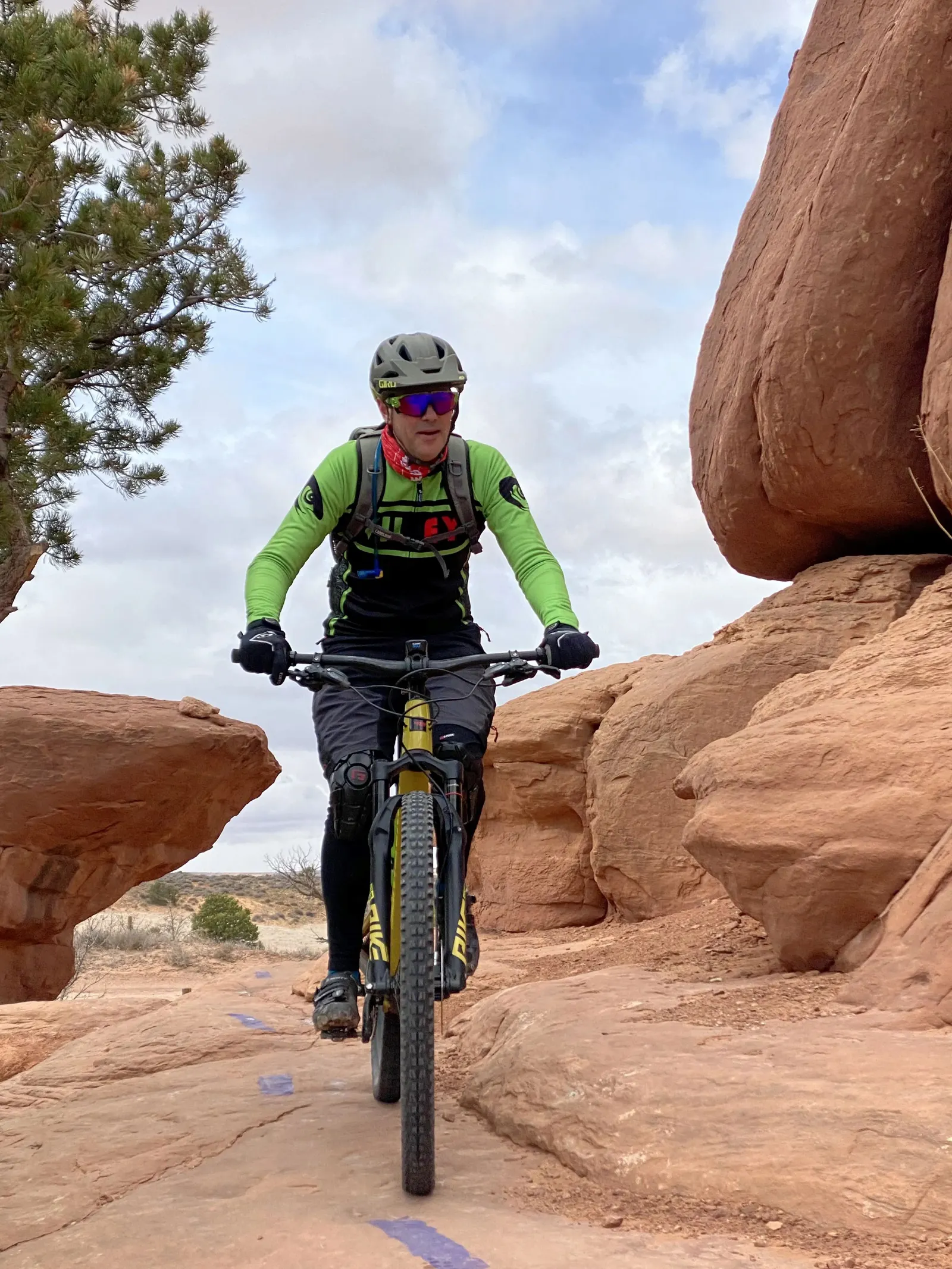
In the role I'm going to have, that's probably the most important thing for me, is to maintain that culture and to invest in that culture. We’re hiring a lot of people.
You know, if you look at our numbers, we're going to hire 250 college kids this year and 500-plus noncraft experienced hires. We're going to grow our craft workforce to over 4,000. Investing in those people, both in training and culture, is fundamentally our most important thing.
What is your leadership philosophy?
My leadership philosophy is very aligned with what we call LeadBLU at Mortenson, because I've grown up at Mortenson and I've had the opportunity to also to learn from that [program] and also shape it through my career.
When I think about our culture and leadership philosophy, it's this culture of caring. That is one of our LeadBLU philosophies: We want people to care for each other. We’re also very customer focused, always thinking about how we can create value for our customers and continue to invest in new ways of doing things.
So that sort of feeds into, for me, a philosophy about innovation. We constantly need to be thinking about a better way to do things and getting better all the time. That’s also very much embedded in that company culture.
What’s Mortenson’s plan for DEI going forward?
When we think about DEI, our “why” is not changing. We're very focused on belonging and inclusion on our projects. I mentioned our LeadBLU philosophy; it's about doing the right thing and caring for our team members.
We were part of the founding groups that put together Construction Inclusion Week. We think about the real opportunity there is to create an amazing jobsite experience in the construction industry.
Our factory floor is the construction site. That's where the work gets done. And so we want every jobsite to be a place where people want to work, and once they go there, they want to go back.
So that's the real focus of Construction Inclusion Week, because it is also an industry opportunity. It's not just about us. We want the brand of construction to be better and to be a place where people want to work.
Has DEI improved in your time in construction?
Absolutely. I think that we continue to learn and get better as an industry.
You’re not the only person who is assuming a new office in January. What do you anticipate from the upcoming Trump administration?
I think our philosophy has historically been to just take a wait-and-see, measured perspective. We've got a really balanced portfolio that sets us up well in a lot of markets. And I think we're confident in our backlog and our strategy that it's sort of independent of the political spectrum.
Also we don't know what will happen yet with the current administration in terms of actual policy. So we don't speculate. We just have our strategy and our business and are focused on that. And we'll adapt and be agile as things change in the markets.
If you had to pick one project from your career at Mortenson that sticks out, what would it be and why?
I think the Disney Concert Hall [completed in April 2003] was transformational. It was the first project we built completely with a 3D model. We were really plowing new ground in the late 90s, early 2000s, using technology that had virtually never been used before on a project.
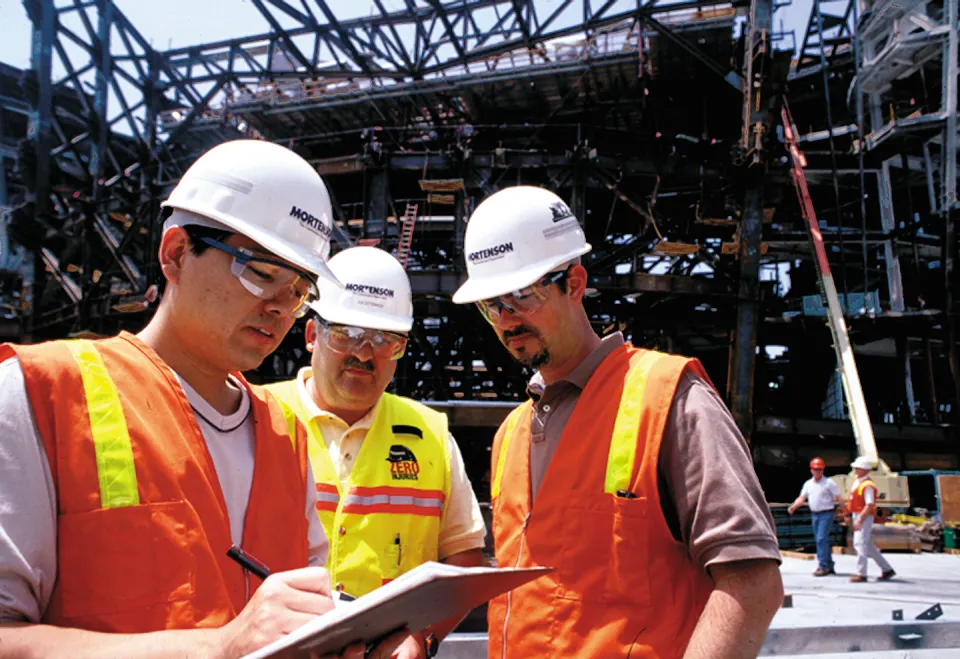
We were working with Stanford University and Disney Imagineering, creating software tools. We used 4D modeling for the first time in the industry.
So when we look back, it was like, from that project, a lot of things happened from a strategy standpoint. We learned what was possible. We talk about redefining “possible” at Mortensen. I think that project was sort of a turning point for us where we said, “We're going to double down on our investment in technology and the future is going to be digital.”
Correction: This story has been updated to accurately reflect the completion date of the Walt Disney Concert Hall.



